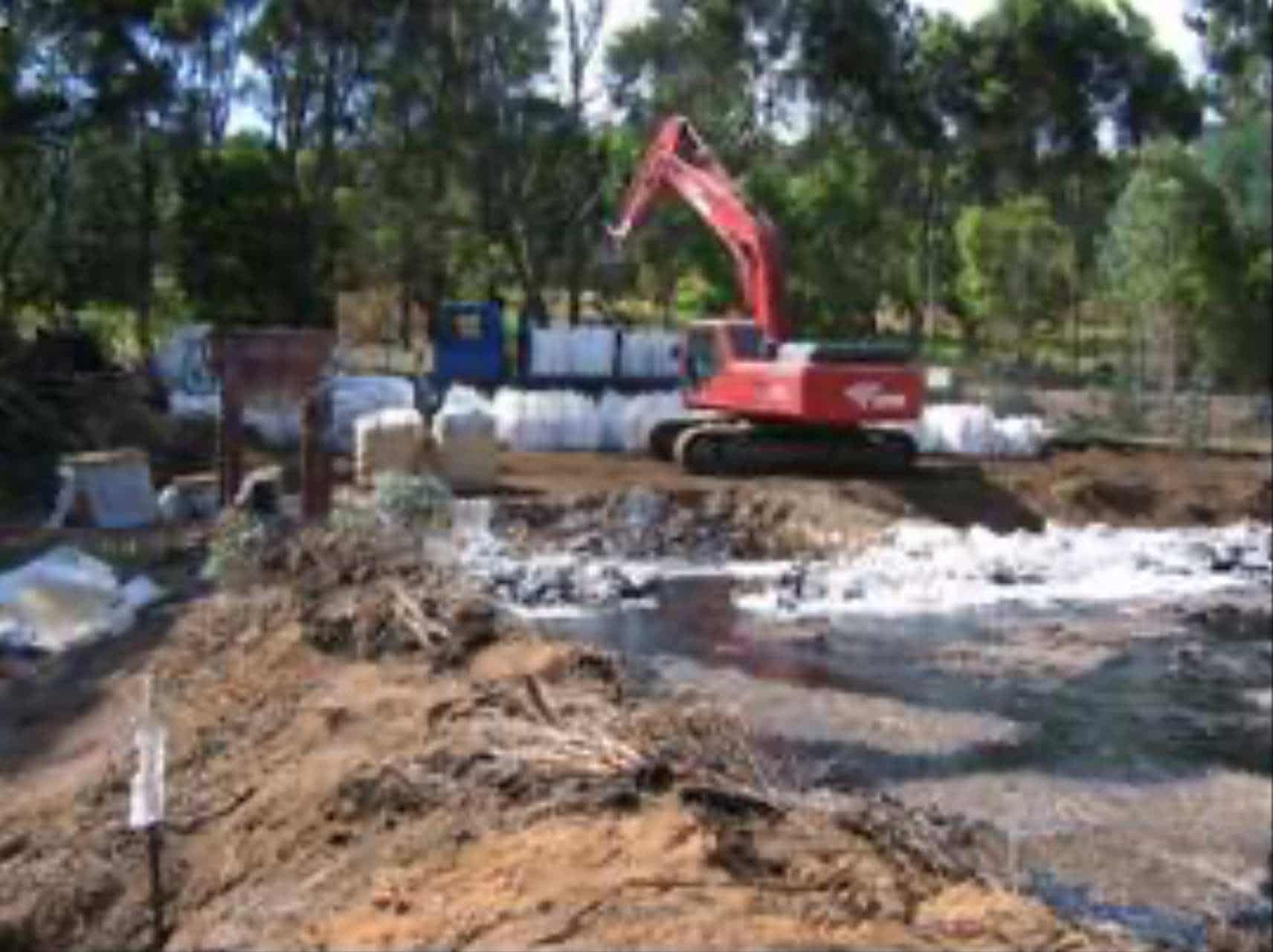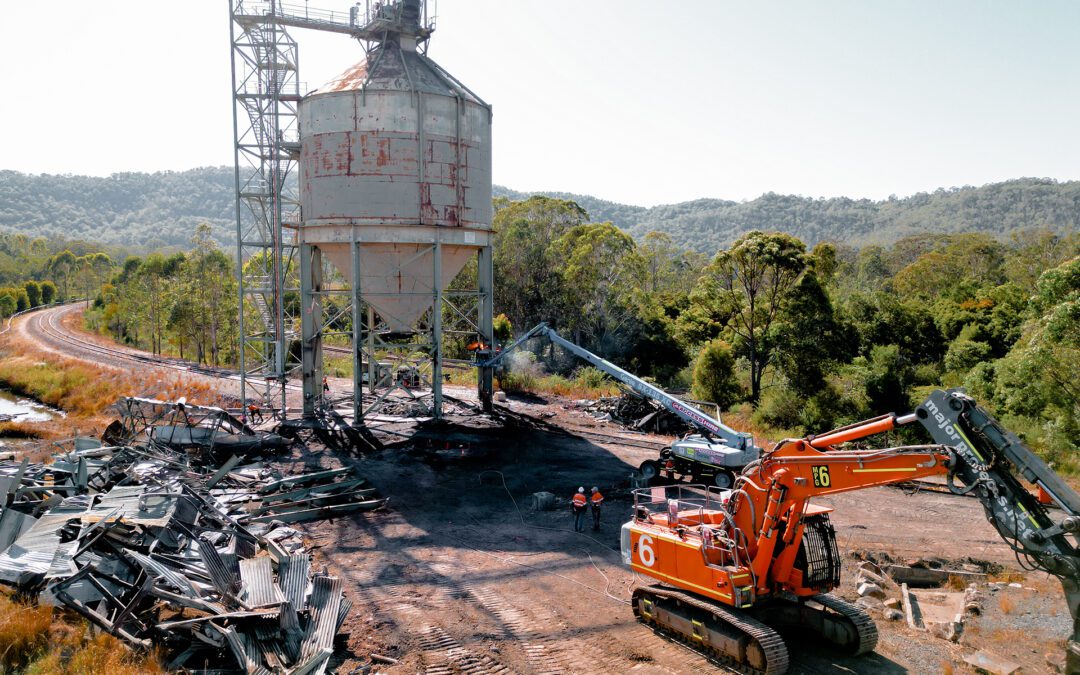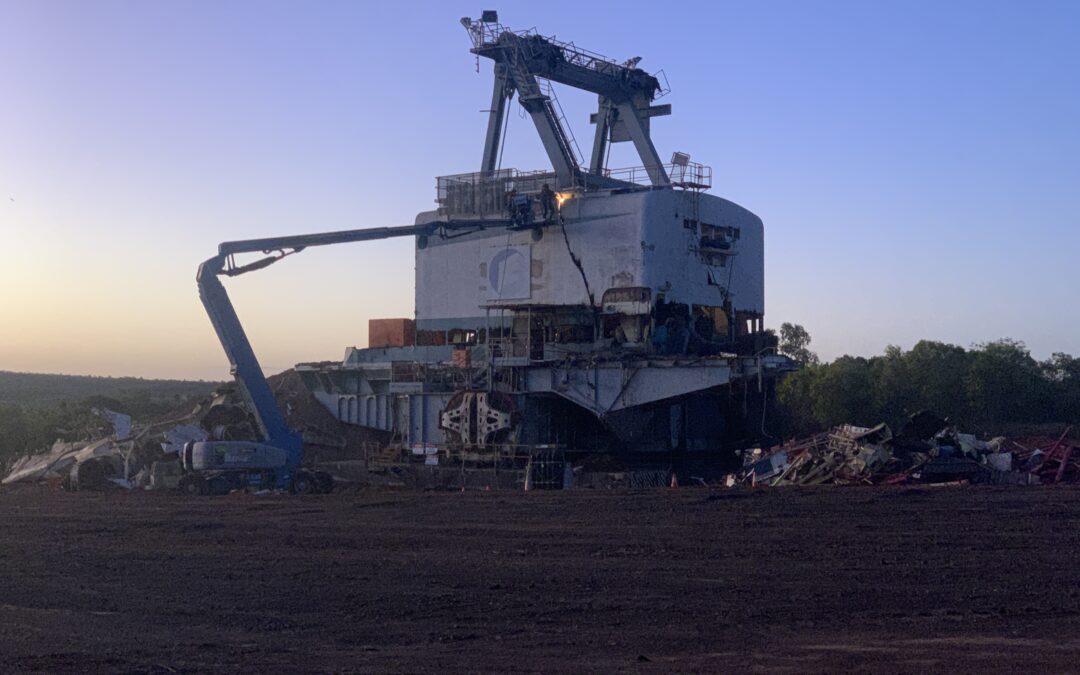PEMBERTON WASTE PONDS
PROJECT PROFILE
CLIENT
URS Australia
LOCATION
Pemberton, WA
INDUSTRY
Timber Production
DURATION
Aug 06 – March 07
SERVICE
Remediation
PROJECT OVERVIEW
The scope of work for this Major Projects Group (CMA Corp) project was to remove the environment risk posed by the content of the former Thompson’s Paddock Sawmill waste ponds.
The Pemberton Timber Mill treated railway sleepers from 1913 to 1989. Initially, treatment consisted of a mixture of arsenic and molasses but later also included creosote, pentachlorophenol (PCP) and furnace oil.
Waste fluids from the treatment plant and drying areas were directed into two waste ponds.
The waste material was found to contain Aromatics C16 and C35, total PCP and total dioxins. There was no detection of leaching of into either soil or groundwater. Arsenic, however, was encountered across a wide expanse and in groundwater.

SCOPE OF WORK
The scope included on site treatment of the waste to make it more manageable; the packaging of the treated materials; the transportation of the packaged waste; and the backfilling of the ponds after all waste was removed.
CUSTOMIZED SOLUTIONS
An excavator was used to extract, blend and load the hazardous materials. The boom on the excavator was covered with a canvacon ‘sock’ to prevent contamination of the boom and reduce clean down wastes to a minimum.
The most efficient method for lime blending was achieved by placing the lime directly into the ponds and mixing it with the waste using a hydraulically driven stirring mechanism. As the materials became spadeable, the excavator bucket was used for final heap blending and stockpiling, within the confines of the ponds.
Work was undertaken by a 30 tonne excavator, capable of lifting one tonne bulka bags (lime) over the pond area and with sufficient capacity to drive the mechanism in the spadeable material. Once reduced to the correct consistency, the waste was scooped from the ponds and loaded into bulka bags.
A free standing bag loading ‘funnel’ was designed and fabricated which was capable of supporting the incoming waste loads and the suspended bulka bag.
Upon completion of the project, the contaminated loading hopper was disposed of appropriately.
DOWNLOAD PROJECT PROFILE
View the project profile to get more information on this project.




